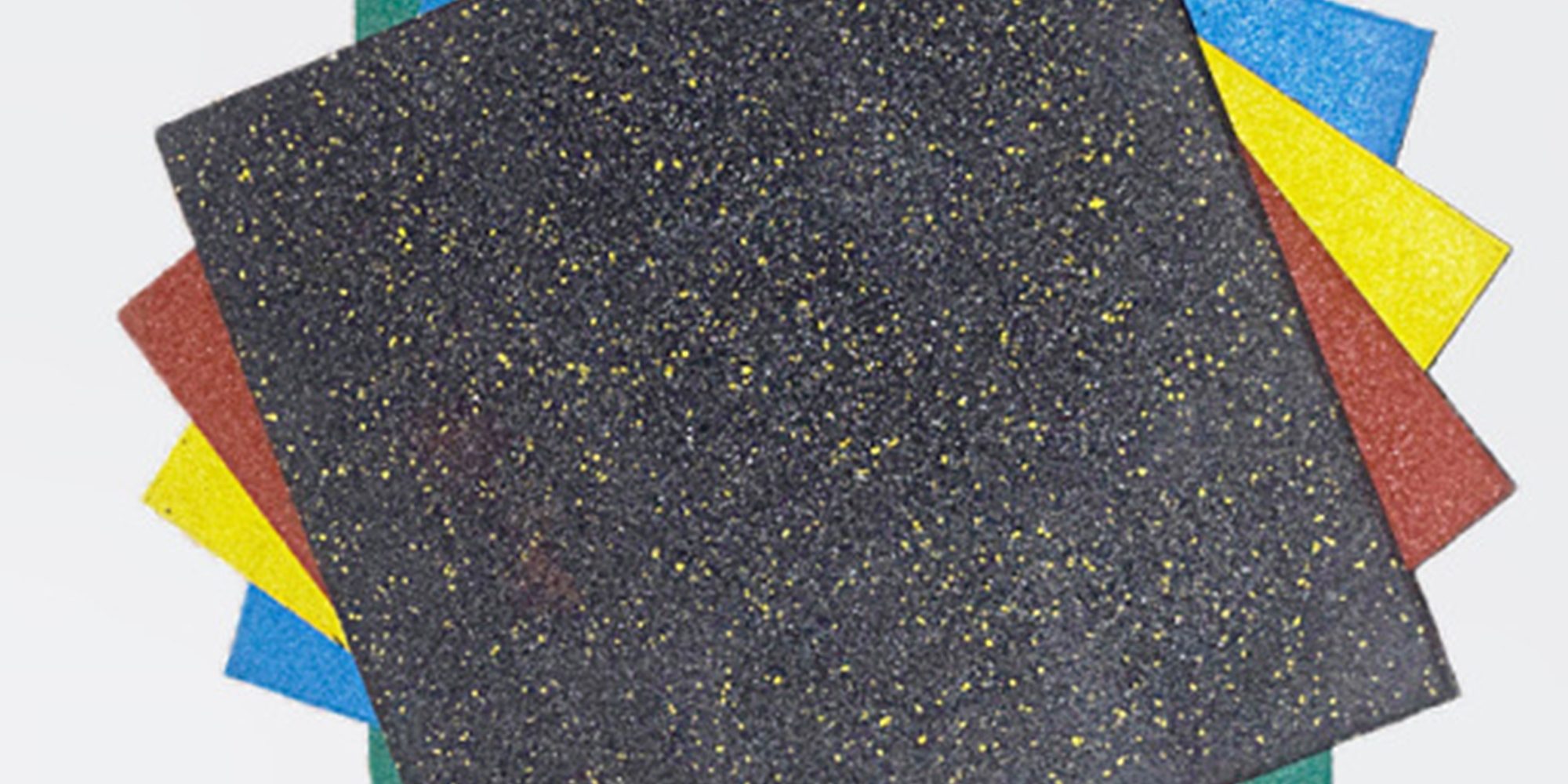Installing rubber floor tiles correctly is crucial to ensuring their durability and functionality. In this blog post, we’ll provide a comprehensive guide to the installation methods and best practices for rubber floor tiles.
Surface Preparation: Explain the importance of preparing the subfloor correctly. This includes ensuring it is clean, dry, and level. Address any imperfections or irregularities to create a smooth base for tile installation.
Interlocking vs. Glue-Down Installation: Compare the two primary installation methods for rubber floor tiles. Interlocking tiles are ideal for DIY projects, while glue-down tiles provide a permanent and seamless finish.
Adhesive Selection: Discuss the importance of choosing the right adhesive for glue-down installations. Different adhesives are suitable for different subfloors and environments.
Tile Layout and Pattern: Provide guidance on how to plan the layout and pattern of rubber tiles to achieve the desired look. Staggering tile joints and starting from a reference point are common practices.
Cutting and Trimming: Explain how to cut and trim rubber tiles accurately to fit around corners, edges, or obstacles. Proper cutting ensures a professional finish.
Sealing and Finishing: Discuss the option of sealing rubber tiles to enhance their longevity and appearance. Some rubber tiles may require sealing depending on the manufacturer’s recommendations.
Testing and Quality Control: Highlight the importance of quality control during installation, including testing for adhesive bond strength and ensuring that tiles are properly secured.
Safety Considerations: Emphasize safety measures, such as using appropriate tools and protective gear, when handling adhesives and cutting rubber tiles.
Conclusion: Proper installation methods and best practices are essential for achieving the desired results with rubber floor tiles. Following these guidelines will help you create a durable and visually appealing flooring surface.








